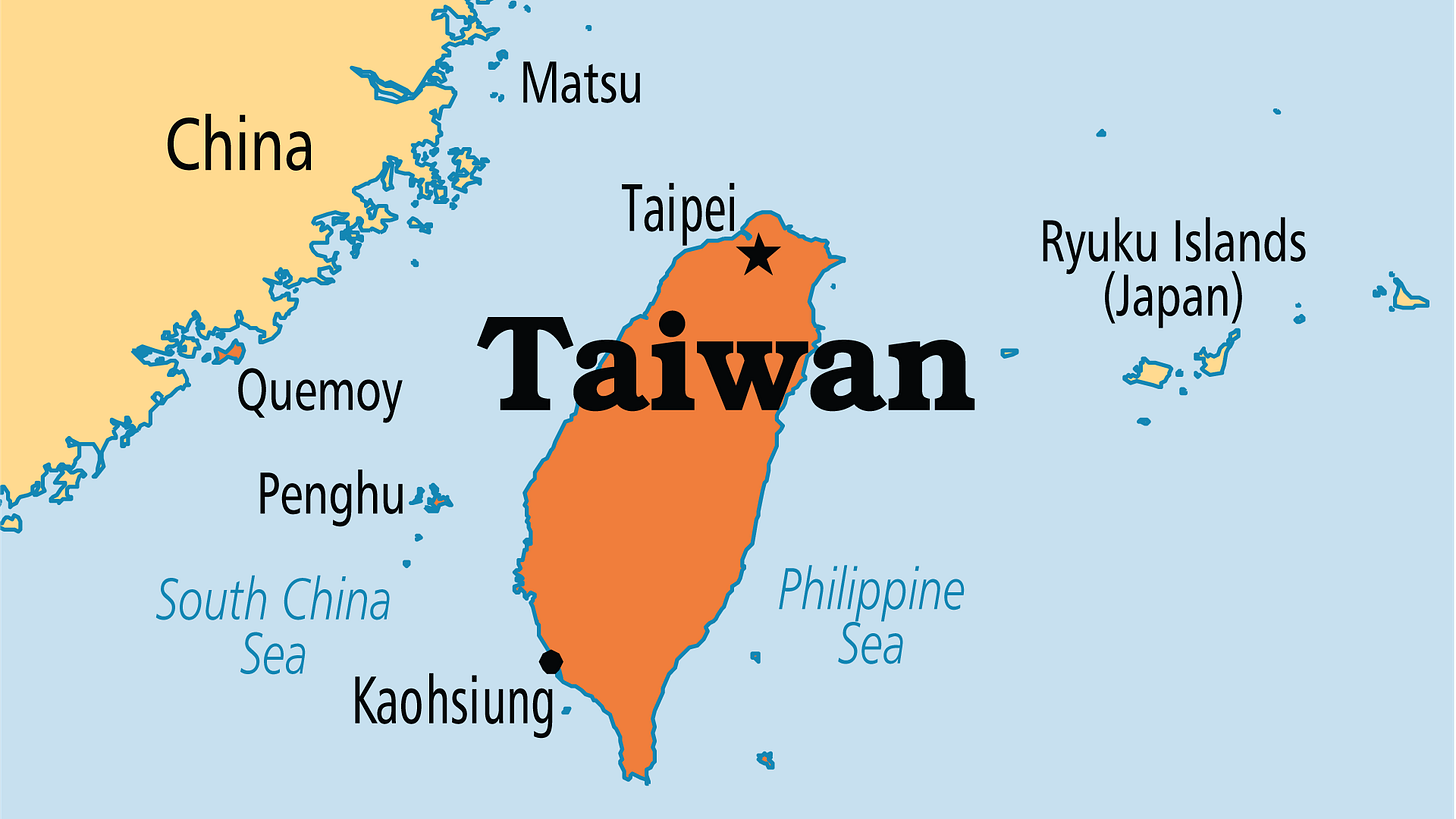How To Defend Taiwan
Without having to defend Taiwan
Tinian Island, the last American-owned stop on the way to the South China Sea, is being restored to service. What started in the 21st century as a partial reclamation program has turned into a full-blown airbase rebuilding frenzy 80 years after the end of the war it was first built to win.
“Because the shape of the island was reminiscent of Manhattan, New York, the Seabees laid it out in a pattern, and with place names, based on the city streets there,” The War Zone explains. “By the time World War II ended, North Field was the largest airfield anywhere in the world.”
The best defense of Taiwan is deterrence. Multiple American administrations have now built up American deterrence strategy on Tinian as part of the long-desired ‘Pacific pivot’. Uncertain about the new administration’s willingness to intervene if China attacks, impressed by Ukrainian resistance, Taiwanese defense thinking has focused on ‘resilience’ and long-war planning.
Between the two policies — a Pacific defense pivot and a hardened, pricklier Taiwan — lies the formula for victory by deterrence. No nation on earth is so well-appointed to defend itself through the current military revolution, namely drones, by drawing on the lessons of Ukraine’s war in the air and in the Black Sea. The trick is to make the capabilities real and advertise them to Beijing.
Keep reading with a 7-day free trial
Subscribe to Polemology Positions to keep reading this post and get 7 days of free access to the full post archives.



